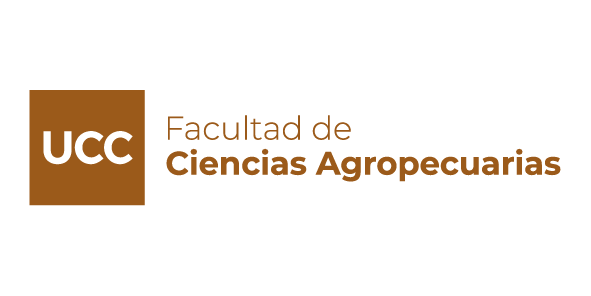Newborns exposed to syphilis: classify for action
DOI:
https://doi.org/10.22529/me.2024.9(3)02Keywords:
Newborns, gestational syphilis, congenital syphilis, appropriate treatment, VDRLAbstract
INTRODUCTION: Pregnant women with syphilis can transmit the disease to the fetus, resulting in congenital syphilis (CS).
Since 2017, the Ministry of Health of Córdoba has a Situation Room on mother-to-child transmission (MTCT), which has raised the following classification for newborns (NB) exposed to gestational syphilis: proven or highly probable SC, probable or possible SC or unlikely SC depending on maternal treatment, evaluation of the NB and the non-treponemal test titer of both.
OBJECTIVE: to know the epidemiological scenario of this infection and to classify newborns exposed to confirmed gestational syphilis during the year 2023, in the Provincial Maternity Hospital "Brigadier General Juan Bautista Bustos", as a tool to avoid unnecessary treatment and hospitalization.
MATERIALS AND METHODS: A retrospective and descriptive study was carried out including NBs exposed to gestational syphilis. Maternal age, maternal, partner and NB treatment, maternal and NB VDRL, birth weight, weeks of gestation, physical examination and NB evaluation were recorded. RESULTS: In 2023, 3309 live newborns were registered, of whom 336 (10.2%) were exposed to gestational syphilis. They were classified as unlikely SC 177/336 (52.7%), probable or possible SC 141/336 (41.9%), and proven or highly probable SC 18/336 (5.4%).
CONCLUSION: The efficient action of the health care team is reflected in the therapeutic measures adopted in the NB exposed to gestational syphilis, reducing the need for prolonged hospitalization.
Published
How to Cite
Issue
Section
License
Copyright (c) 2024 Methodo Investigación Aplicada a las Ciencias Biológicas

This work is licensed under a Creative Commons Attribution-NonCommercial-ShareAlike 4.0 International License.




















